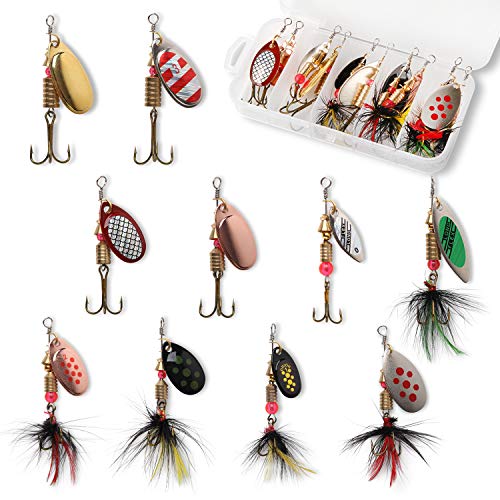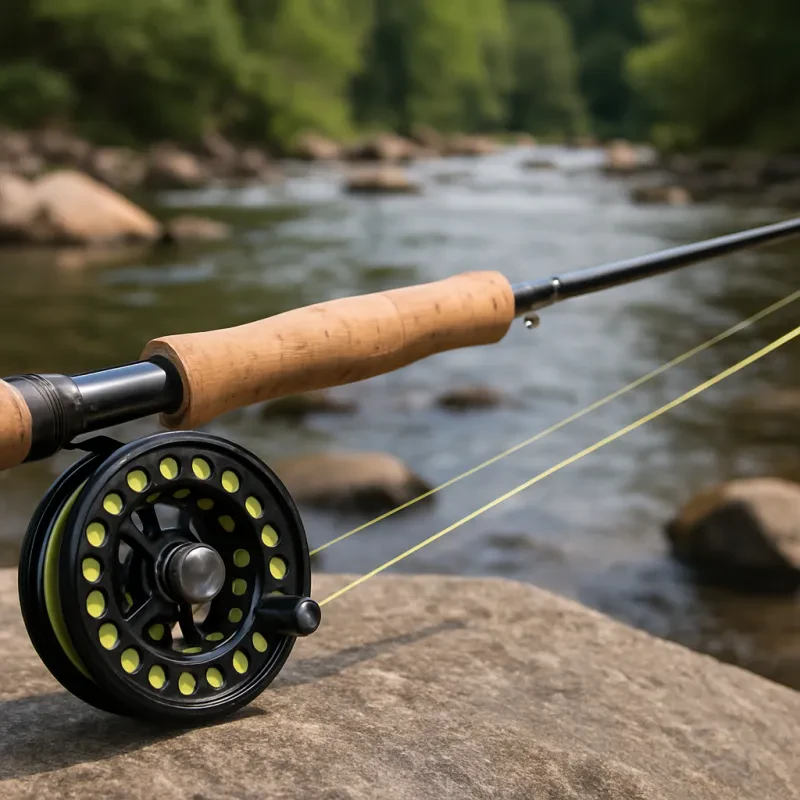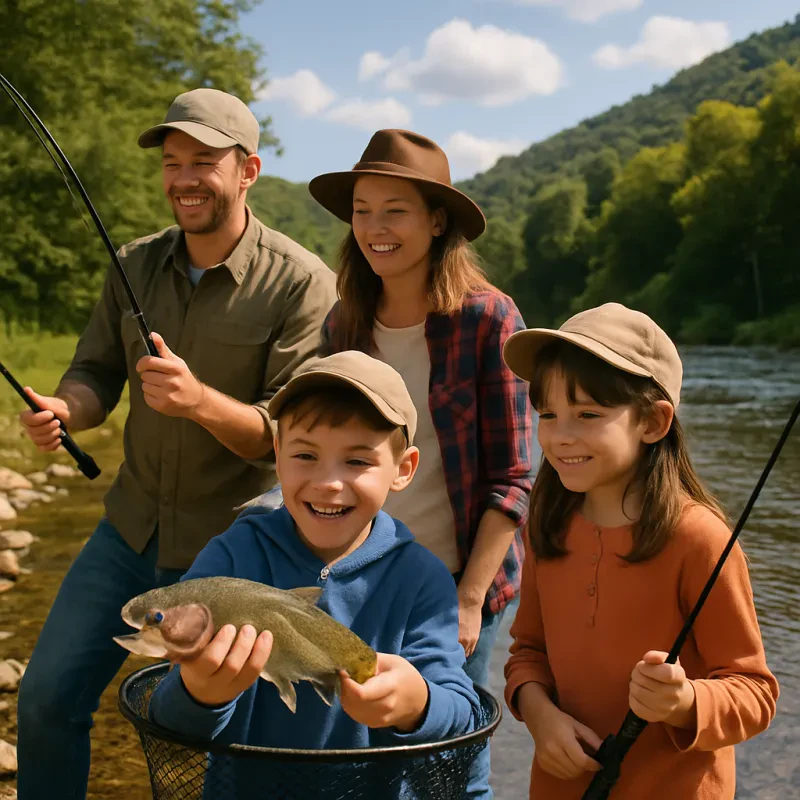Nestled within the vibrant waterways of West Virginia, the Candy Darter (Etheostoma osburni) emerges as a beacon of biodiversity and a testament to the delicate balance of freshwater ecosystems. This small yet strikingly colored freshwater fish, characterized by its vivid stripes and speckles, inhabits the fast-flowing streams of the Appalachian Mountains. Despite its limited range and unassuming size, the Candy Darter plays a pivotal role in its habitat, influencing conservation efforts and management practices, particularly in relation to trout stocking in the region.
The Candy Darter: An Overview
The Candy Darter is a species of fish belonging to the Percidae family, which is indigenous to the eastern United States, specifically within certain river systems in West Virginia and Virginia. This fish prefers clear, cool, and fast-moving streams with rocky substrates, environments that are also favored by various species of trout. Candy Darters are most notable for their vibrant coloration, which includes a series of bold, reddish or orange stripes interspersed with blue accents along their bodies, making them one of the more visually striking inhabitants of their aquatic realms.
Conservation Status of Candy Darter
The conservation status of the Candy Darter has become a growing concern over the past few decades. Classified as "Endangered" under the Endangered Species Act, the Candy Darter faces numerous threats, including habitat degradation, pollution, and the introduction of non-native species. These challenges have led to a significant decline in their population, prompting federal and state agencies, along with conservation organizations, to implement measures aimed at preserving this unique species and its habitat.
Candy Darter's Impact on Trout Stocking
Trout stocking is a common practice in West Virginia, aimed at enhancing recreational fishing opportunities and supporting local economies. However, the introduction of non-native trout species can have unintended consequences on native species, including the Candy Darter. The presence of larger, more competitive trout species can lead to increased predation pressure on Candy Darters and competition for food and habitat resources.
Competition and Predation: Non-native trout, particularly Rainbow Trout (Oncorhynchus mykiss) and Brown Trout (Salmo trutta), can outcompete Candy Darters for food and space. These trout species are often larger and more aggressive than the native darters, which can lead to the displacement of Candy Darters from their preferred habitats.
Hybridization Concerns: Another significant issue is the potential for hybridization between the Candy Darter and the closely related Variegate Darter (Etheostoma variatum), especially in areas where their ranges overlap. This concern is exacerbated by habitat alterations and the introduction of non-native species, which can force these distinct species into closer proximity than they would naturally occur.
Ecosystem Dynamics: The introduction of non-native trout can alter the dynamics of freshwater ecosystems. Trout stocking can lead to changes in the structure of aquatic communities, affecting not only the Candy Darter but also other species that share its habitat. These changes can have cascading effects on the overall health and resilience of these ecosystems.
Conservation and Management Efforts of Candy Darter
In response to these challenges, conservationists and fisheries managers have been working to balance the needs of recreational fishing with the conservation of native species like the Candy Darter. Efforts include:
- Habitat Restoration: Improving and restoring habitats that support Candy Darters, including the mitigation of pollution sources, the enhancement of stream flows, and the protection of riparian zones.
- Selective Trout Stocking: Implementing more selective trout stocking practices to minimize the impact on Candy Darters and other native species. This includes avoiding stocking in streams known to harbor Candy Darters and selecting trout species that pose less risk to native populations.
- Research and Monitoring: Conducting research to better understand the needs of the Candy Darter and the impacts of trout stocking. Ongoing monitoring of populations helps inform adaptive management strategies that can protect both native species and recreational fisheries.
- Public Awareness and Education: Raising awareness about the Candy Darter and its plight among anglers, local communities, and the general public. Education efforts focus on the importance of biodiversity and the role that everyone can play in conserving West Virginia's unique aquatic ecosystems.
The Candy Darter's situation in West Virginia exemplifies the intricate interplay between conservation and recreation, underscoring the need for mindful stewardship of natural resources. As efforts to protect this endangered species continue, it serves as a reminder of the delicate balance required to sustain the biodiversity of our planet's freshwater ecosystems. By adopting responsible trout stocking practices and prioritizing habitat conservation, it is possible to support both the vibrant legacy of West Virginia's waterways and the recreational activities that they sustain. In doing so, we ensure that the Candy Darter, with its vivid hues and spirited existence, remains a thriving part of these ecosystems for generations to come.
10pcs Spinnerbait Lures for Bass Trout Salmon
Get ready to reel in the perfect catch with these 10pcs spinnerbait lures, designed for bass, trout, and salmon
Product information
$12.99
Product Review Score
4.15 out of 5 stars
13 reviews



